The socioeconomic impact of climate change is both the greatest economic opportunity of our time and our greatest threat. As a result, every industry must identify its impact on climate change and plot its course of action to meet the net-zero carbon emissions target set by government mandates for 2050; the real estate industry is one of the most important.
As the center of all cities, communities, and neighbourhoods, buildings are one of the most significant contributors to carbon emissions. Since 2005, buildings have increased their emission footprint by 8.3 percent to 91 Mt CO2 per year. Thus, real-estate owners, managers, and tenants are vital in helping us combat climate change.
With 95 percent of the built environment consisting of buildings at least five years or older, real-estate leaders are now obligated to retrofit buildings with new equipment and smart technologies to decarbonize and become more environmentally sustainable.
What is critical for leaders to understand is that there is no need to compromise profitability for climate change. While climate change is a threat, it’s also an opportunity for real estate to evaluate assets, decarbonize, and, most importantly, create new business opportunities.
This article will explore four foundational elements of solving global climate change: ESG, decarbonization, people and digital transformation, and the opportunities they present.
Four Elements to Solve Climate Change in Real Estate
ESG
Environmental, Social and Governance (ESG) is an approach to evaluating the extent to which a corporation works on behalf of these goals. The “E” in ESG deals more directly with climate change, while the “SG” provides critical insights into the social impact and governance companies must have to meet these goals. ESG demands transparency, and like any significant challenges we face, access and understanding of data are required to quantify a problem, understand its severity, track progress, and confirm assumptions.
Real estate organizations must begin using this approach to ensure they monitor their environmental initiatives’ success, impact on tenants and the surrounding community, and hold themselves accountable. Luckily, advancements in technology and data science now enable real estate owners and managers to easily extract meaningful real-time data from all building systems that can feed ESG indexes and public repositories like GRESB for benchmarking. Leaders should implement an agile operating platform to collect, analyze, and assess this data to take real-time action on problems detected to reduce emissions and improve operational efficiency.
Decarbonization
Climate change is a real-time, 24/7 problem, and real estate’s response to eliminate each building/portfolio’s contribution to the problem should also be.
Technology and data science make it possible for real estate owners and managers to mount an effective 24/7 decarbonization solution for their building/portfolio. Leaders must re-engineer existing building operations and processes to generate 24/7 data to feed deep analysis platforms on the performance of the biggest to the smallest building system. Systems like elevators, HVAC, IAQ, temperature and mechanical motors generate carbon and collectively contribute to a building’s carbon footprint and decarbonization goal (ESG).
Human Resources
Technology and data alone cannot accomplish decarbonization and carbon neutrality by 2050. Human ingenuity, curiosity and resolve are critical to achieving this goal. In real estate, most buildings are old, averaging 40 years, and the boomer workforce represents over 37 percent of the property teams that run them. Combined, all these factors are redefining the human assets needed to transform the industry needing more technology and automation.
While our society is great at inventing new technologies to solve new problems, we often forget we must re-invent ourselves to leverage such inventions to influence change. Therefore, the industry must work to capture experience from the aging workforce while investing in the remaining staff to re-engineer processes and policies to meet the changing demands of stakeholders and tenants.
Digital Transformation
Re-designing a thriving industry like real estate will involve all stakeholders to accept that climate change is real and presents an extinction-level threat. Stakeholders working in the corporate boardroom to the property workbench must all be aligned with the same purpose to keep real-estate successful and make it carbon-free. Scientific evidence shows we are not doing enough, and results prove that we do not have to trade off climate change for profitability.
Successful transformation will require a stakeholder’s plan, playbook business & operating platforms to bring these goals, timing (2030,2040 or 2050), reporting, investments, returns and net-zero together.
Final Takeaways
Change is not easy, and although we all would prefer to choose the timing of our change rather than have it forced on us, the time is now to transform a booming real-estate industry into a more profitable, carbon-free sector.
The key to success lies in interpreting data into meaningful actions. By leveraging the latest cloud, data science and IoT technologies, real estate owners and managers can gather building data 24/7. This large repository of data can then identify issues immediately so teams can take immediate actions, resulting in cost reductions, greater operational efficiency, new revenue opportunities, and increased asset value. By implementing new smart building technologies and investing in the people, and listening to new ideas, the real estate industry has the potential to become an even bigger economic and community builder.



